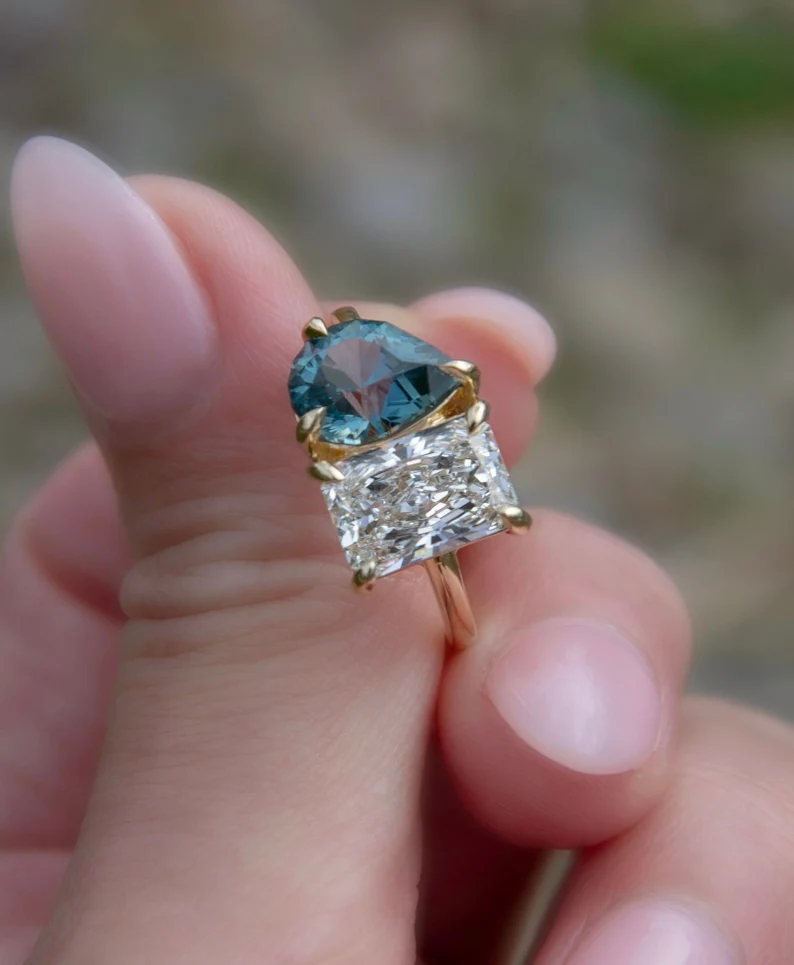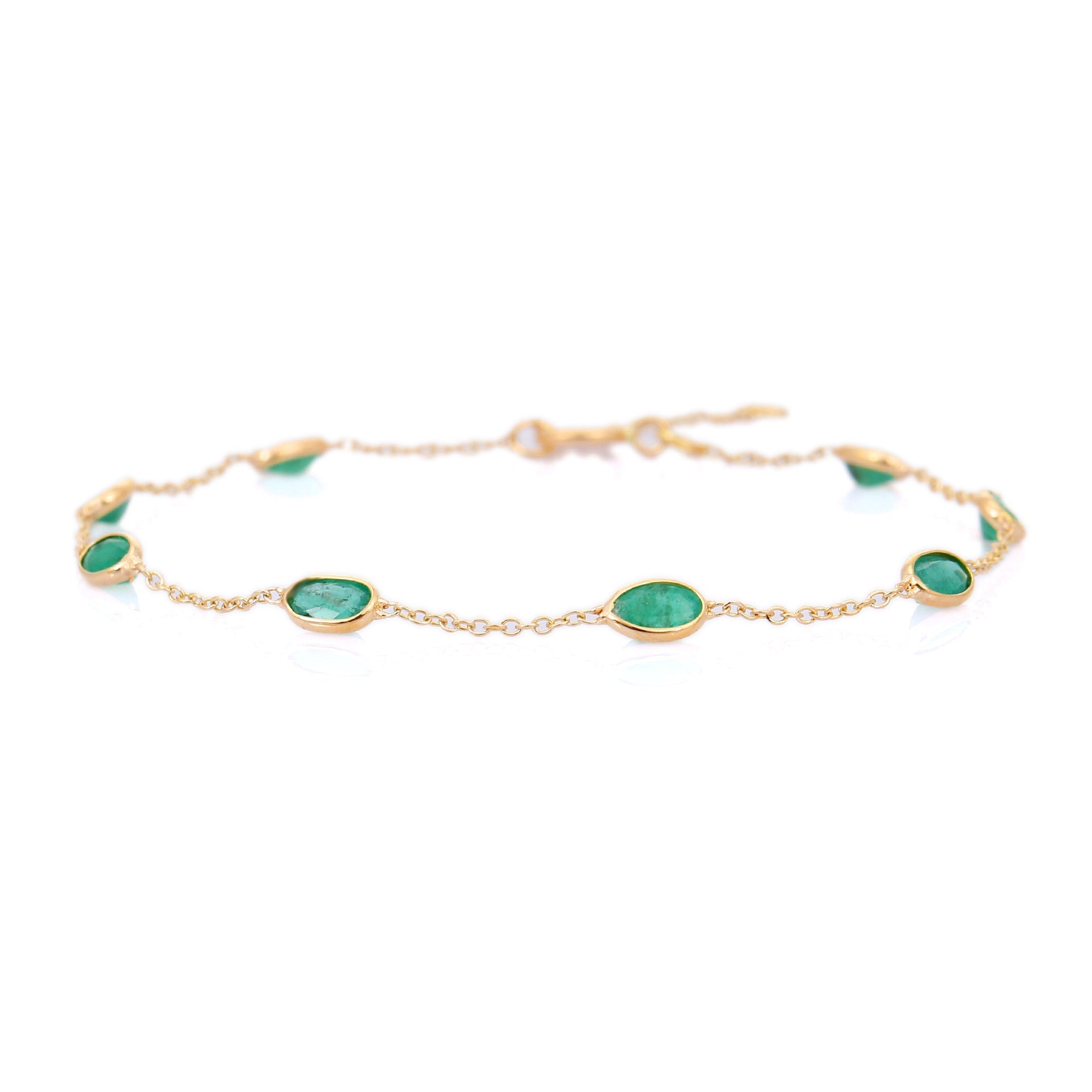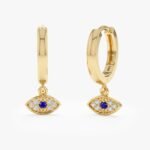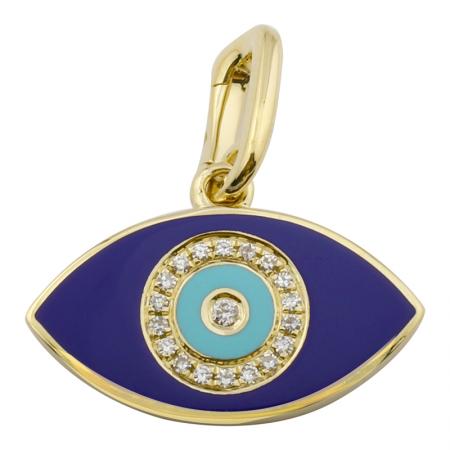New York vs LA Diamond Districts: Which Is Better for First-Timers?

Choosing between New York and Los Angeles diamond districts matters if you are buying your first diamond. Each city offers a distinct shopping experience. The differences affect price, selection, negotiation, and paperwork. This guide compares both districts and gives practical steps you can use the day you walk in.
What each district is like, in plain terms
New York (47th Street, Midtown) is a dense wholesale hub. Many vendors are wholesalers or buyer-to-buyer shops. Inventory is huge. You will see many loose GIA- or AGS-certified diamonds in a single block. Prices can be closer to wholesale because dealers move high volume.
Los Angeles (Downtown Jewelry District, West Hollywood boutiques) mixes wholesale shops with retail showrooms and independent designers. You’ll find more modern and custom styles. The vibe is more visual and boutique. Some stores emphasize finished rings and settings rather than loose stones.
Why inventory size matters
More inventory means more choices at similar budgets. In New York, dealers carry dozens of rounds in a tight quality range. That makes minute comparisons possible. You can compare two 1.00 ct, G color, VS2 clarity diamonds side by side to see real differences in cut and brightness.
In Los Angeles, boutiques may carry fewer loose stones but stronger examples of finished designs. If you value style and immediate visualization of the final ring, LA’s showrooms give that advantage.
Price and negotiation — what to expect
New York prices are often more flexible. Many sellers expect negotiation. Wholesale sellers price to move inventory, so opening offers and counteroffers are common. That can lower price by single- to low-double-digit percentages on many pieces.
In LA, you’ll still negotiate, but many stores set firm retail prices, especially for designer pieces. Discounts may come as upgrades (better setting, free resizing) rather than straight-off price drops.
Why this happens: NYC sellers rely on volume and fast turnover. LA retailers invest in brand, presentation, and after-sale service. Those investments show up in price structure.
Certification, transparency, and what to demand
Always ask for an independent lab report. Prefer GIA or AGS for color, clarity, cut, and measurements. Do not accept unverifiable grading. Request the report number and view it with the diamond loose or under a loupe.
Ask for these specifics:
- Carat weight (e.g., 1.00 ct = ~6.50 mm round).
- Measurements in millimeters (length × width × depth).
- Cut grade (Excellent/Ideal vs Very Good matters for light performance).
- Polish and symmetry grades.
- Fluorescence strength and color effect.
- Provenance if natural vs lab-grown (lab-grown diamonds should have clear marking and lab certificate).
If a seller avoids showing a loose stone or a full lab report, walk away. Transparency reduces risk of misgraded stones.
Metals, settings, and practical specifics
Ask about metal composition. For gold, common stamps are 14k (58.3% gold) and 18k (75% gold). 14k is harder and better for prongs that must hold a stone daily. 18k looks yellower and slightly softer; it suits fine polish and richer color. Platinum is usually 950 (95% Pt). It’s heavy and hypoallergenic. Platinum holds prongs better over decades but costs more.
Example choices:
- Classic solitaire: 1.00 ct round, 6.5 mm, 6-prong in platinum 950 — durable and secure.
- Halo or micro-pave: choose 18k for brighter yellow gold halos, 14k if you want everyday durability.
Lab-grown vs natural diamonds
Both are widely available in NY and LA. Lab-grown stones cost less per carat for the same visual quality. Ask for clarity and color grades and a lab report. The resale market for lab-grown diamonds is smaller. If resale value or natural origin matters, buy natural and prioritize GIA/AGS certification.
Returns, warranties, and aftercare
New York wholesalers may offer limited return windows and require a restocking fee. Ask about polishing, prong tightening, and lifetime cleaning policies. LA boutiques often include clearer warranties, in-house servicing, and upgrade paths. If you expect to resize, exchange, or upgrade later, get that policy in writing.
Safety, timing, and practical visit tips
- Bring an appointment whenever possible. Many reputable shops in both cities work by appointment for serious buyers.
- Bring a loupe (10x) or ask to see the diamond under one. Inspect for chips on girdle edges and polish lines.
- Compare similar GIA/AGS-certified diamonds rather than different grades. For example, compare a 0.75–0.85 ct G VS2 round in both cities to see price and brilliance differences.
- Ask for insurer-ready paperwork and an itemized invoice. Insurers want carat, cut, measurements, metal type, and serial numbers.
- Be mindful of taxes. New York City sales tax (~8–9% in many areas) and LA county rates vary. Check current local sales tax before purchase.
Checklist for first-timers
- Get a budget range and stick to it.
- Request GIA/AGS reports and confirm numbers match the stone.
- Compare 2–3 similar stones in person.
- Insist on a clear return and warranty policy in writing.
- Consider paying by credit card for extra purchase protection.
- Use an independent appraiser for high-value purchases if you can.
Which is better for you?
Choose New York if you want the broadest selection and the potential for lower, negotiable prices. Choose Los Angeles if you prefer a curated retail experience, strong designer options, and clearer after-sale services. Both markets can deliver excellent value. Your decision should depend on whether you prioritize price and selection (NYC) or style presentation and boutique service (LA).
Final practical step: make a short list of three shops in each city. Call ahead with the exact GIA/AGS report numbers for stones you want to see. That focus will save time and reveal who is transparent and who is not.




